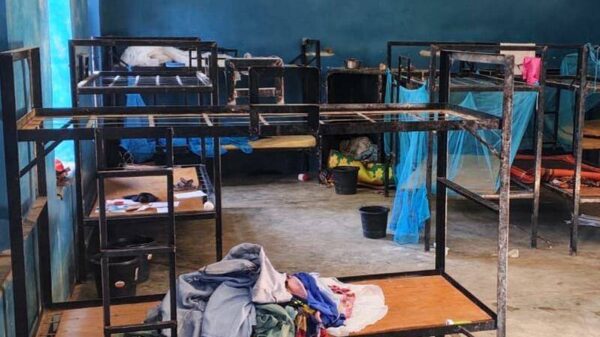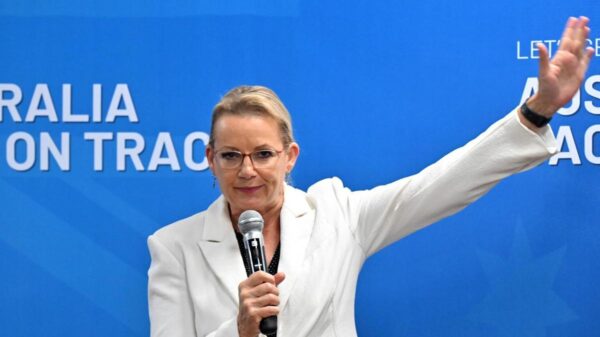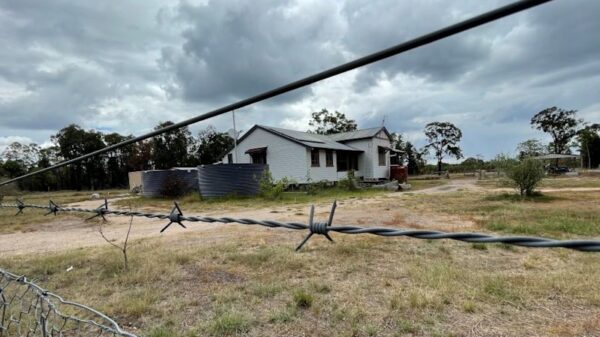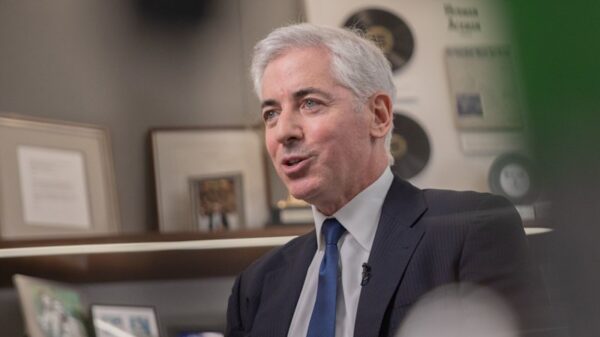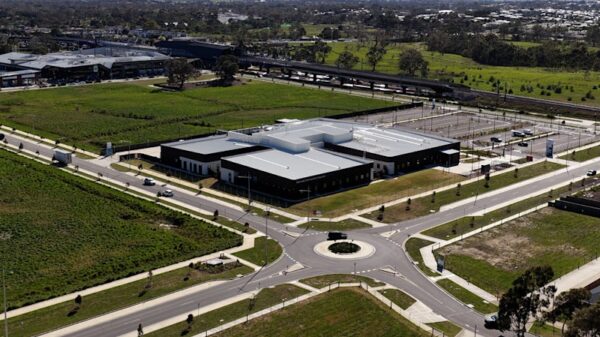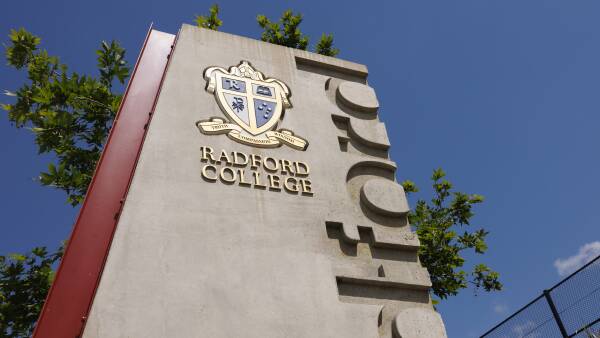Radford College, a prominent institution in Canberra, announced a significant increase in school fees for 2026, citing accounting errors that resulted in a substantial deficit. The fee hike, amounting to 23%, follows a series of financial miscalculations that have raised concerns among parents about the school’s fiscal management.
During a recent presentation to parents, Vicki Williams, the chair of the board, detailed how the college’s previous financial strategies contributed to a growing debt and ultimately necessitated the fee increase. The college had relied on debt to manage cash flow during large capital projects, intending to balance financial pressures over time. Initially, the board approved a 7.9% increase in fees for 2024, anticipating a $1.7 million surplus while maintaining a debt of $19.1 million, expected to be repaid by 2031.
However, a change in financial leadership exacerbated the situation. The finance manager departed in November 2024, leading to the appointment of a new manager in February 2025. Upon reviewing the accounts, Christopher Bradbury, the newly appointed principal, and the interim chief operating officer discovered significant accounting errors that had not been previously recorded.
These errors included miscalculated interest charges on loans, an underestimation of cash needs during December, and unexpected expenses. As a result, the college’s loan balance escalated to $23.4 million, with the financial statements indicating a deficit of approximately $500,000 prior to auditing. Williams emphasized that these were oversights, stating, “There is nothing to suggest any malfeasance.”
In light of these findings, the board revised the 2025 budget, which led to renegotiations with the Anglican Investment & Development Fund. The terms of the loan were adjusted to allow for a revolving facility, extending the repayment period to 2039. The final audited deficit for 2024 was confirmed at $840,000, prompting further financial restructuring.
With the assistance of external accounting firm KPMG, the college sought to enhance its budgeting and forecasting models. In June 2025, the board was asked to increase the loan facility from $6 million to $32 million to address cash flow demands, a request that was approved in September 2025. Williams highlighted the necessity of these adjustments when proposing the new fee structure for 2026, indicating that the increase was essential to achieve a break-even budget.
She noted, “The fee increase that we approved only delivers a break-even budget in 2026,” and confirmed that future fee increases could range between 9% and 12% as the school seeks to stabilize its finances.
Concerns among parents regarding the fee hike remain prevalent. One parent, who requested anonymity, expressed frustration over the financial changes, stating that the school has been altered by poor accounting management. “They’re taking what generations have built and sort of selling it as a commodity to the high end of town,” the parent remarked.
Another parent shared their discontent, stating they had planned for annual increases of 6% to 8% over 14 years of schooling but had not anticipated such a drastic rise. “It has divided the school community between those who can pay and those who cannot,” they lamented, highlighting the shift in the school’s inclusive ethos.
In response to parent concerns, Bradbury reassured the community of his commitment to maintaining the school’s values. “I have come to Radford with an enormous level of excitement,” he stated. “It is not my intention for Radford to become a shiny grammar school or an elite school, but to continue as an Anglican co-educational, inclusive learning community.”
As Radford College navigates these financial challenges, the leadership aims to restore confidence among parents while working towards a sustainable financial future. The upcoming fee adjustments will play a critical role in shaping the college’s fiscal landscape for years to come.










